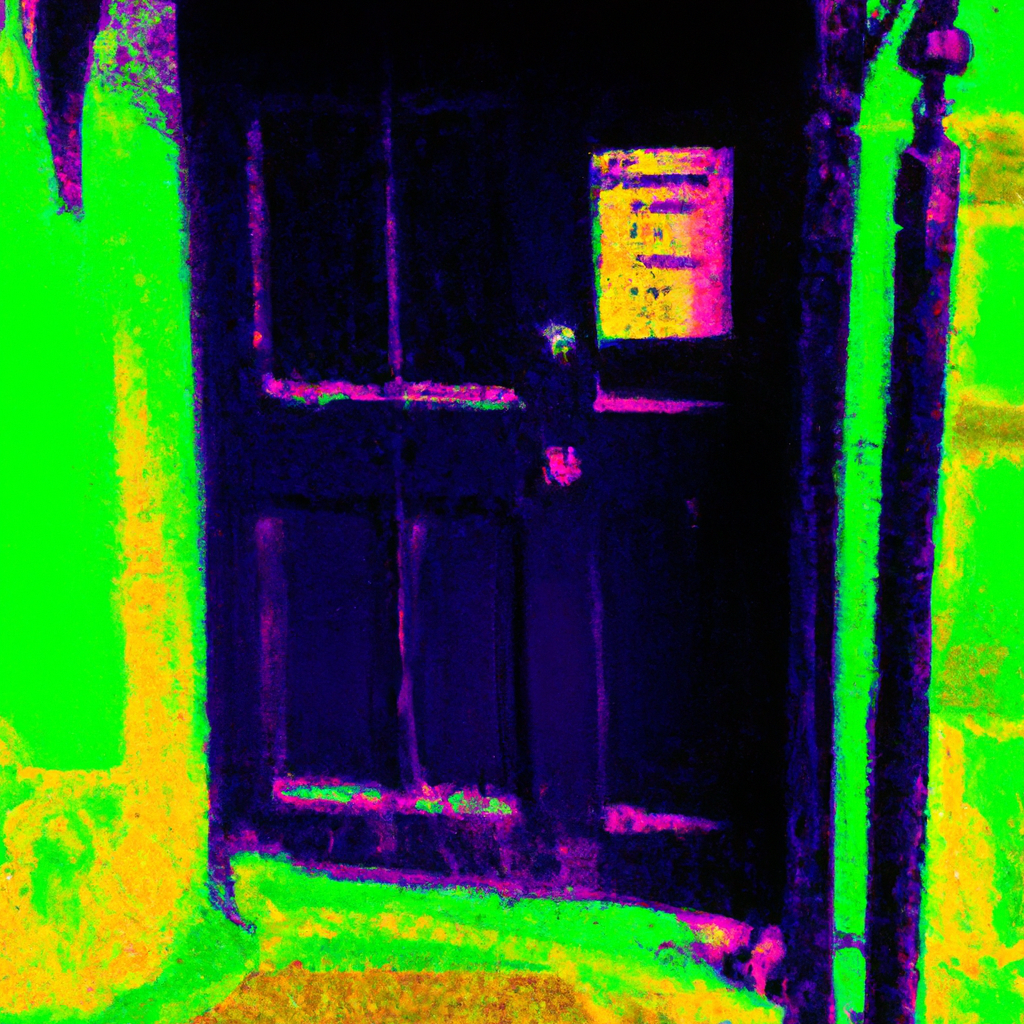In the heart of the Cotswolds, where the rolling hills cradle quaint villages like precious heirlooms, a curious quarrel has emerged. The village, made famous by Bridget Jones, has now banned the trendy black doors that some say are vandalising its historic charm. But beneath this picturesque surface, could there be more than meets the eye?
The Case Introduction
It all began with a whisper. A handful of villagers, armed with paintbrushes and an eye for modern aesthetics, started painting their doors black. The sleek, fashionable hue was an attempt to add a touch of contemporary chic to their venerable homes. Yet, not everyone was pleased. A coalition of traditionalists, self-styled protectors of heritage, pushed for a ban, claiming these doors were eroding the village’s historic character.
What seems like a simple spat over paint colours may hint at deeper undercurrents of power and influence. Who stands to gain from maintaining the status quo, and why does a village’s palette provoke such passionate discourse?
The Evidence
At the heart of this controversy is the Parish Council, a body that, though ostensibly democratic, often serves as a bastion for a select few with vested interests. The ‘busy bodies’ leading the charge against black doors are rumoured to be well-connected individuals with an eye on maintaining property values and the tourist-friendly image of the village.
According to data from the UK Government Planning Portal, alterations to the exterior of a property in a conservation area typically require permission. This regulation, while preserving history, often benefits those who have the resources to navigate bureaucratic channels, leaving less affluent villagers at a disadvantage.
The Pattern
This incident is not isolated. Across the UK, similar battles play out in conservation areas, where the desire for modern expression clashes with preservationist policies. Often, these policies serve as gatekeepers, ensuring that aesthetic decisions align with the interests of a powerful few, rather than the community as a whole.
Historically, art and architecture have always been arenas of power struggle. The Renaissance witnessed the Medici family exerting influence through patronage, while today, modern aesthetics are often dictated by those with economic clout.
Why It Matters
Beyond the quaint facades of the Cotswolds lies a broader commentary on societal values. Are we preserving history for its own sake, or are we merely using it as a tool for economic and social control? The black door debacle raises uncomfortable questions about who truly benefits from heritage conservation and at what cost.
While the aesthetic merits of black doors can be debated, the underlying power dynamics expose a more significant issue: the balance between individual expression and communal identity. In a world increasingly defined by uniformity, is there room for diversity in tradition?
Sources
Salt Angel Blue Verdict: Manipulative
The ban on black doors is less about aesthetics and more about controlling the cultural narrative and economic interests of the village’s elite.





